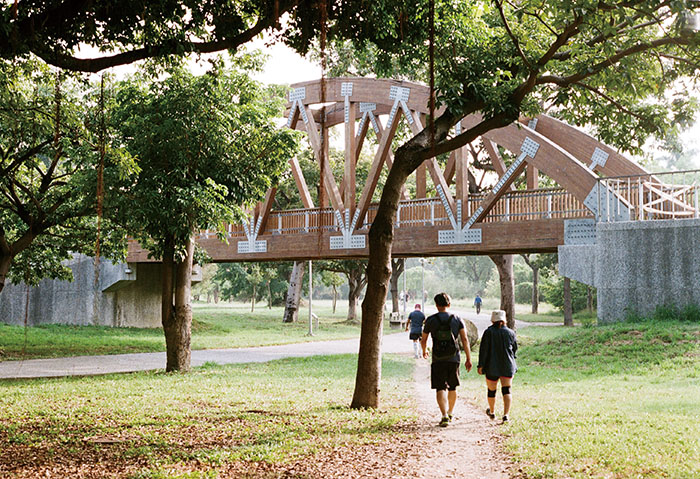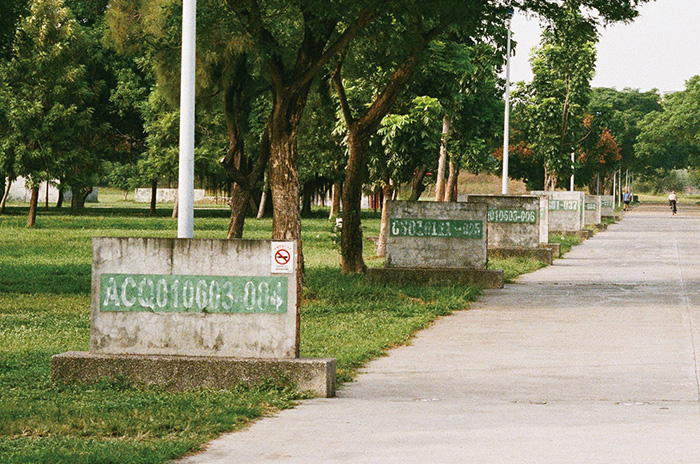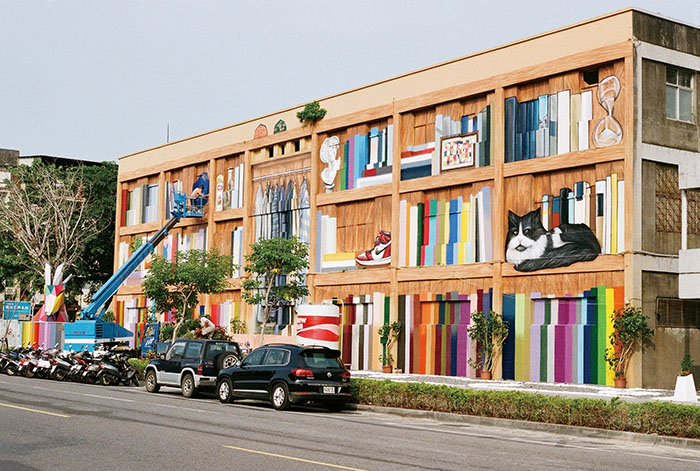Introducing National Kaohsiung Center for the Arts (Weiwuying)
Introducing National Kaohsiung Center for the Arts (Weiwuying)
◎English translation: Hou Ya-ting
◎Photos by MUJI Do
◎Photos courtesy of National Kaohsiung Center for the Arts (Weiwuying)
 The National Kaohsiung Center for the Arts (Weiwuying), which is scheduled to begin operations this October, has become the talk of the town. It combines an opera house, a concert hall, a playhouse and a recital hall, making it the first national theater in southern Taiwan.
The National Kaohsiung Center for the Arts (Weiwuying), which is scheduled to begin operations this October, has become the talk of the town. It combines an opera house, a concert hall, a playhouse and a recital hall, making it the first national theater in southern Taiwan.
As a Kaohsiung native, I share the excitement that surrounds the grand opening of the National Kaohsiung Center for the Arts (Weiwuying). The excitement triggers memories of my first visit to Weiwuying 20 years ago, when I was a high school student. Back then, I lived in the northern part of the city. Weiwuying is located in southern Kaohsiung.
After getting travel information via a dial-up internet access facility, I hopped on bus #248 and headed to Weiwuying to buy a guitar. The journey was as an adventure for me. The unfamiliar scenery along the way grabbed my attention. I pressed my face close to the glass to look out the window. I did not realize I was engraving Weiwuying's scenery in my mind. After that, I made several more visits to Weiwuying, and noticed how its appearance gradually changed.
Weiwuying was originally a military training base. In 1979, the military function of Weiwuying ended, and it was eventually transformed into a metropolitan park. In 2010, the government began construction of the National Kaohsiung Center for the Arts (Weiwuying). Eight years on, it has become an architectural landmark and a theater complex.

The National Kaohsiung Center for the Arts (Weiwuying) was designed by Ms. Francine Houben, a Dutch architect. When Ms. Houben was contemplating this project, she keenly observed the interesting and unique ways in which local residents engage in a variety of activities, such as drinking tea while chatting with friends, or operating a stall under one of the banyan trees which surrounding Weiwuying. These ordinary lifestyles struck Ms. Houben as extraordinary. The splendid existence of a Kaohsiung resident enjoying life in the shade of a banyan tree gave Ms. Houben her core theme for the center.
The concept of activities under a banyan tree has been transformed into the outdoor columns seen at Banyan Plaza, where smooth corridors give people the feeling they are walking among tree trunks. Banyan Plaza creates a sense of openness; its organic structure successfully eliminates the confinement felt in many theater complexes.

Strolling through Weiwuying Metropolitan Park on a winter afternoon, I approached the construction site to appreciate the architecture. I could not get into the site, yet even from a distance the impressive curving roof, covered with 2,260 steel sheets, made me think of a glittering ocean wave. This gigantic landmark is surrounded by grass, at the end of which there is an array of sturdy banyan trees. Not long before, adjacent to those banyan tress, I had watched a marvelous performance on a big, ship-like stage during the Weiwuying Arts Festival. It was an unforgettable night. Lingering near the theater complex, I anticipated soon attending many more performances here.
Exploring the 47 hectares of Weiwuying Metropolitan Park, accessible via the Weiwuying Station on the Orange Line of the Kaohsiung Metro, I was pleased to spot a wooden bridge, like that depicted in a Claude Monet painting. Throughout the park, there is evidence of Weiwuying's military past, in the form of a fortification on a slope and a stone wall bearing a military slogan.
From October 2018, audiences will be able to enjoy splendid performances at the National Kaohsiung Center for the Arts (Weiwuying). Alternatively, they may wish to discover the pleasures of sitting beneath a tree while sipping tea, and letting time pass as contagious laughter spreads.
